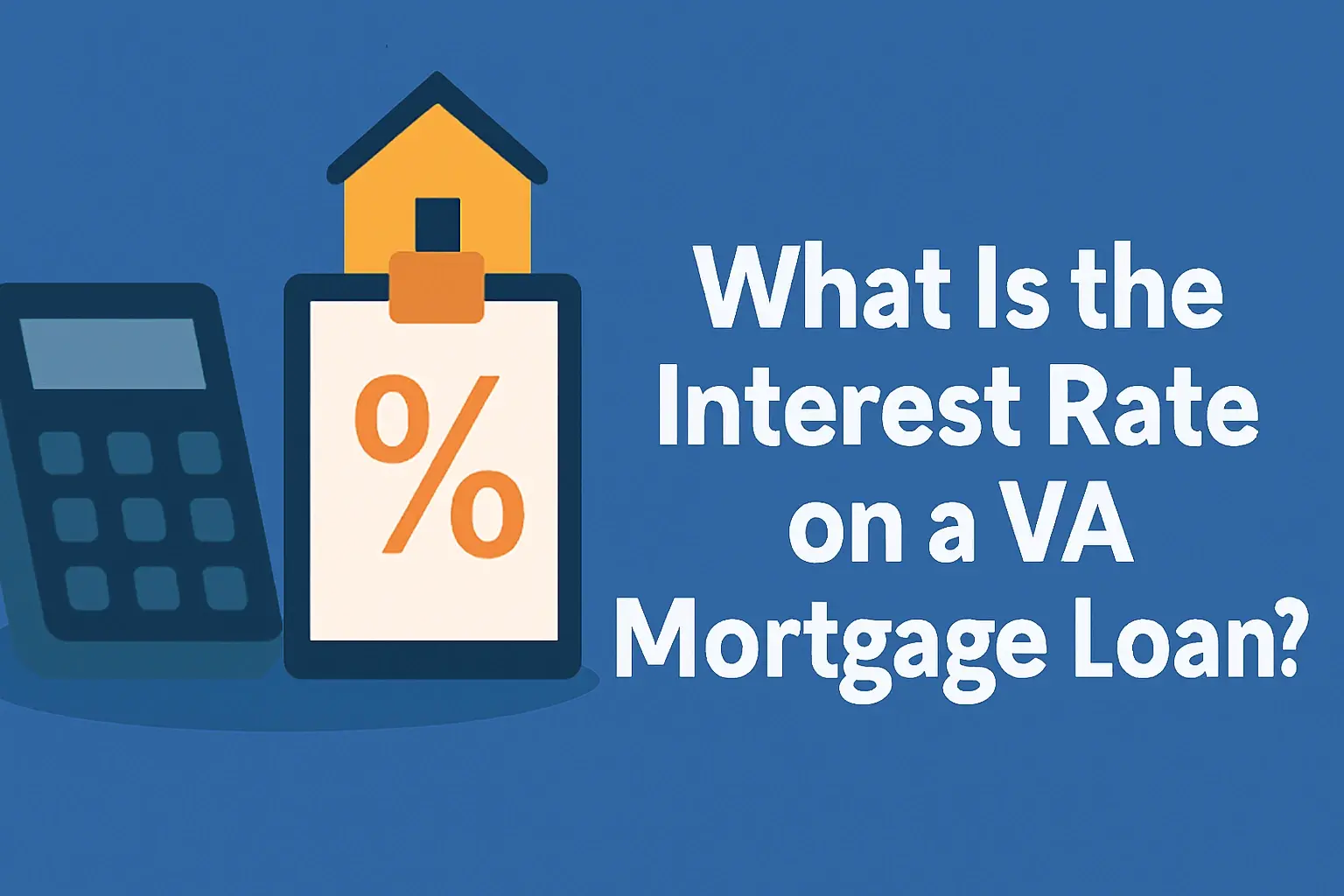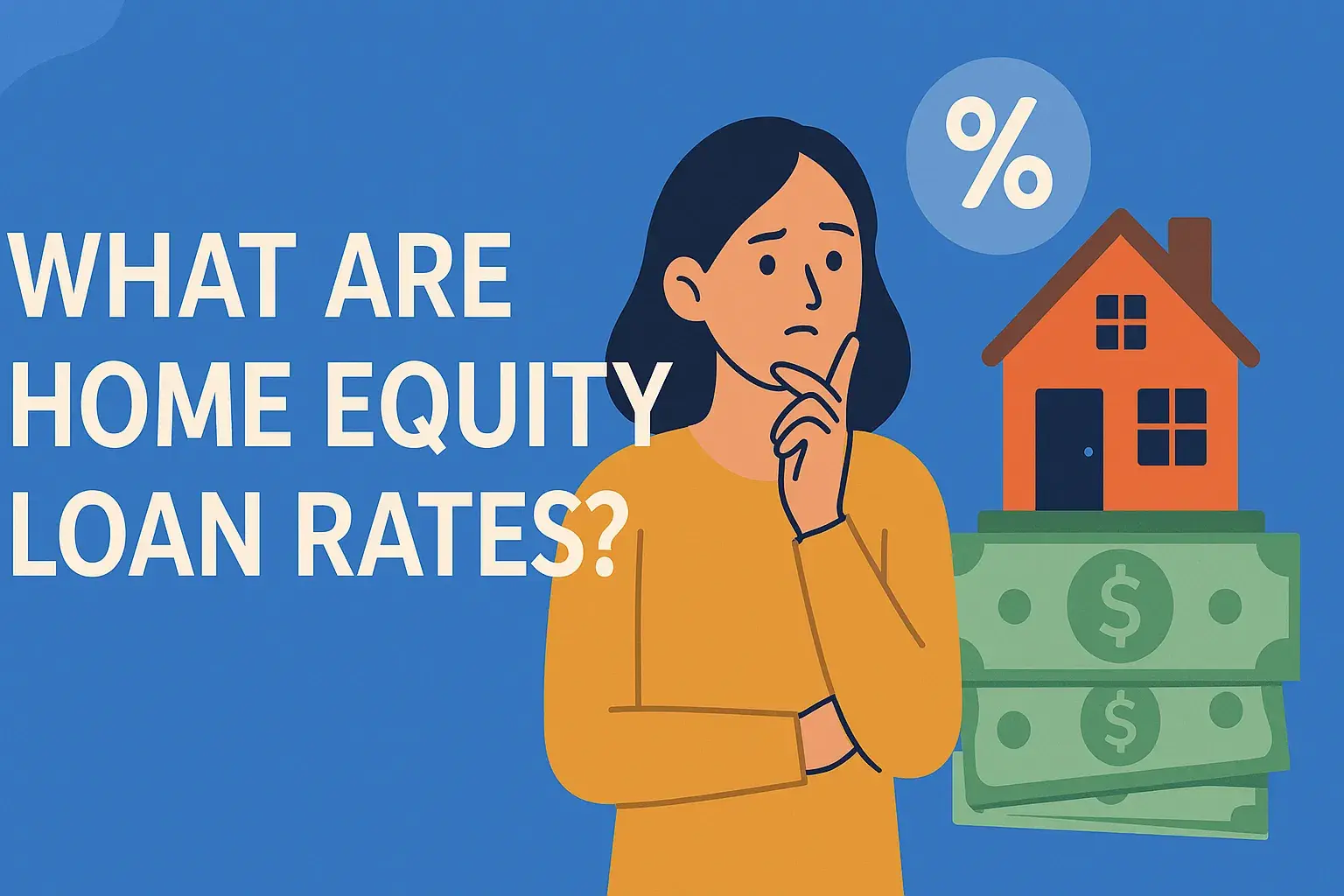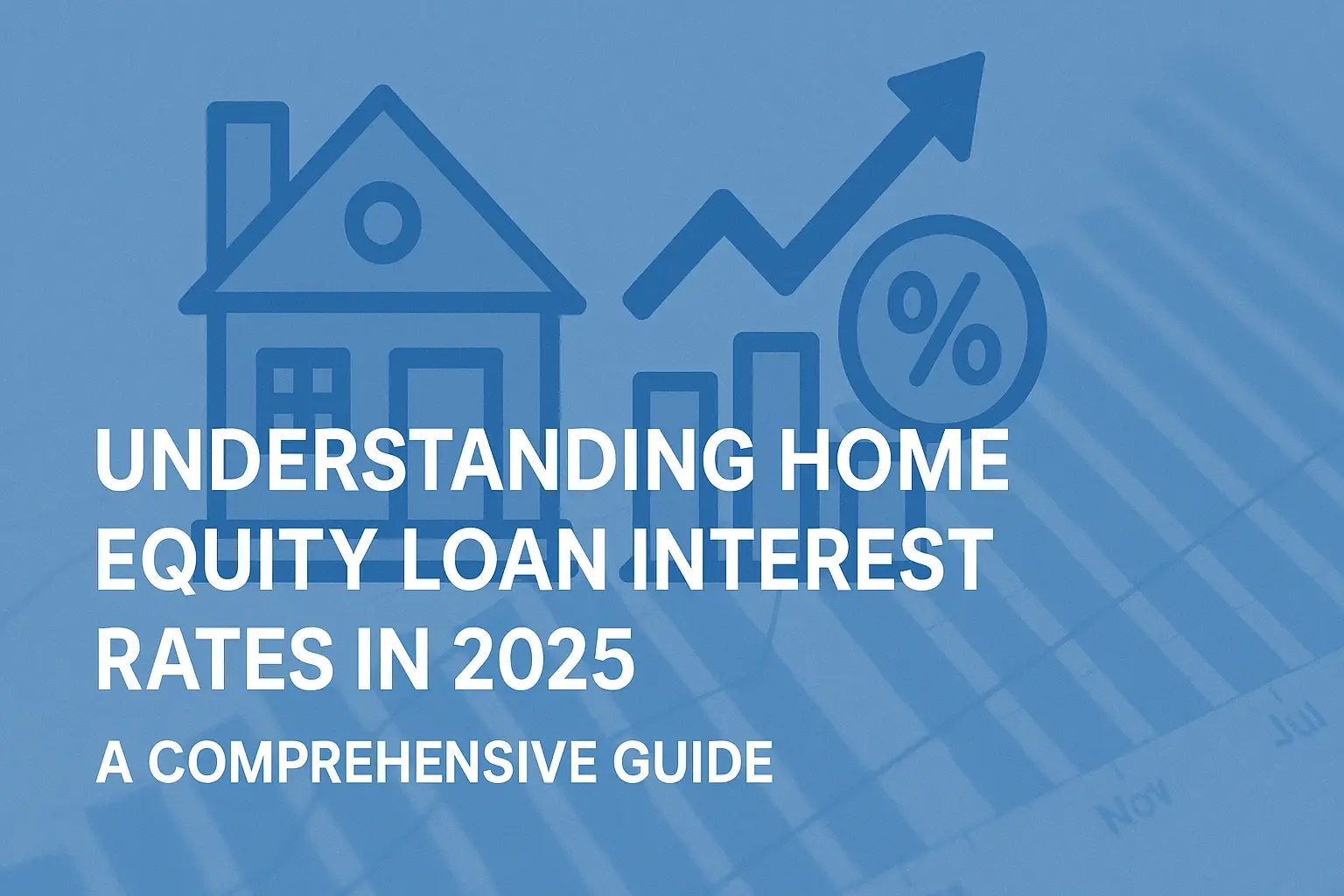-
Posted on: 23 Aug 2024

-
Home equity loans can be a powerful tool for homeowners looking to finance renovations, consolidate debt, or cover significant expenses. They leverage the equity you've built in your home, allowing you to borrow a lump sum of money. But how much can you actually get? This comprehensive guide will walk you through the key factors that determine your borrowing power, helping you understand your options and make informed financial decisions.
Understanding Home Equity and Loan Basics
Before diving into the specifics of loan limits, let's establish a solid foundation. Home equity is the difference between your home's current market value and the outstanding balance on your mortgage. For example, if your home is worth $400,000 and you owe $200,000 on your mortgage, you have $200,000 in equity.
A home equity loan, also known as a second mortgage, allows you to borrow against this equity. It's a secured loan, meaning your home serves as collateral. This collateralization allows lenders to offer potentially lower interest rates compared to unsecured loans like personal loans or credit cards. The loan is typically repaid in fixed monthly installments over a set term, usually between 5 and 30 years.
It's also important to distinguish a home equity loan from a Home Equity Line of Credit (HELOC). While both use your home equity, a HELOC is a revolving line of credit, similar to a credit card. You can draw funds as needed, up to a certain limit, and you only pay interest on the amount you borrow.
Factors Influencing Your Home Equity Loan Limit
Several factors determine how much a lender is willing to let you borrow. These include:
1. Loan-to-Value Ratio (LTV)
The LTV is arguably the most crucial factor. It represents the percentage of your home's value that is financed by debt. Most lenders will only allow you to borrow up to a certain LTV. For a home equity loan, this is often expressed as a Combined Loan-to-Value Ratio (CLTV). The CLTV includes the outstanding balance on your first mortgage plus the amount you're seeking to borrow with the home equity loan.
For example, a lender might have a maximum CLTV of 80%. If your home is valued at $400,000, the maximum combined debt they'll allow is $320,000 (80% of $400,000). If you already owe $200,000 on your first mortgage, you could potentially borrow up to $120,000 with a home equity loan ($320,000 - $200,000 = $120,000).
The lower your CLTV, the better your chances of approval and the more favorable the interest rates you're likely to receive. Some lenders may offer higher CLTVs, but these typically come with higher interest rates and stricter qualification requirements.
2. Home Appraisal Value
The appraised value of your home is critical. Lenders will order an appraisal to determine the current market value of your property. This appraisal will influence the LTV calculation. It's important to ensure your home is in good condition, as any necessary repairs identified during the appraisal can impact the final value.
If the appraisal comes in lower than expected, it can reduce the amount you're eligible to borrow. Conversely, a higher-than-expected appraisal can increase your borrowing power.
3. Credit Score
Your credit score is a significant indicator of your creditworthiness. Lenders use it to assess the risk of lending you money. A higher credit score demonstrates a history of responsible borrowing and timely payments, making you a more attractive borrower.
While the minimum credit score requirement varies by lender, a good to excellent credit score (typically 680 or higher) will significantly improve your chances of approval and secure a lower interest rate. A lower credit score may still qualify you for a home equity loan, but you'll likely face higher interest rates and stricter terms.
4. Debt-to-Income Ratio (DTI)
Your DTI is the percentage of your gross monthly income that goes towards paying your monthly debt obligations. This includes your mortgage payment, credit card payments, student loans, car loans, and any other recurring debts. Lenders use DTI to assess your ability to repay the loan.
A lower DTI indicates that you have more disposable income and are less likely to struggle with repayments. Lenders generally prefer a DTI below 43%, but this can vary. The lower your DTI, the better.
To calculate your DTI, divide your total monthly debt payments by your gross monthly income. For example, if your total monthly debt payments are $2,000 and your gross monthly income is $6,000, your DTI is 33.3% ($2,000 / $6,000 = 0.333).
5. Income and Employment History
Lenders need to be confident that you have a stable and reliable source of income to repay the loan. They will typically require proof of income, such as pay stubs, W-2 forms, and tax returns. They will also look at your employment history to assess your job stability.
Self-employed individuals may need to provide additional documentation, such as profit and loss statements and bank statements, to verify their income.
6. Loan Purpose
While not directly affecting the loan amount, the loan's purpose can indirectly influence the lender's willingness to approve your application. Some lenders may be more willing to lend for home improvements, as these improvements can increase the value of your property and provide added security for the loan. Other purposes, like debt consolidation, may be viewed with slightly more caution, depending on the specifics of your debt.
Steps to Determine Your Potential Home Equity Loan Amount
Follow these steps to get a realistic estimate of how much you can borrow:
- Determine Your Home's Current Market Value: Start by researching recent sales of comparable properties in your area. Online real estate websites can provide a good starting point. You can also get a professional appraisal to get a more accurate assessment.
- Calculate Your Existing Mortgage Balance: Check your latest mortgage statement to determine your outstanding loan balance.
- Contact Potential Lenders: Reach out to several lenders to inquire about their home equity loan products and eligibility requirements. Discuss their maximum CLTV ratios and other relevant factors.
- Pre-Qualification: Ask for a pre-qualification, which is a preliminary assessment of your borrowing potential based on the information you provide. This will give you a rough idea of the loan amount you might be eligible for. Note that pre-qualification is not a guarantee of loan approval.
- Formal Application: Once you've identified a lender you're comfortable with, submit a formal loan application. Be prepared to provide documentation to support your income, credit history, and home value.
- Appraisal: The lender will order an appraisal of your home to determine its current market value.
- Underwriting: The lender's underwriting department will review your application and supporting documents to assess your creditworthiness and ability to repay the loan.
Understanding Interest Rates and Loan Terms
Interest rates on home equity loans are typically fixed, meaning they remain the same throughout the loan term. However, some lenders may offer variable-rate options, which fluctuate based on market conditions.
Loan terms typically range from 5 to 30 years. A shorter loan term will result in higher monthly payments but lower overall interest costs. A longer loan term will result in lower monthly payments but higher overall interest costs.
It's crucial to compare interest rates and loan terms from multiple lenders to find the best option for your financial situation. Pay attention to the Annual Percentage Rate (APR), which includes the interest rate and any fees associated with the loan. The APR provides a more accurate representation of the total cost of borrowing.
The Home Equity Loan Application Process
The application process for a home equity loan typically involves the following steps:
- Application: Complete the loan application form and provide all required documentation, including proof of income, credit history, and homeownership.
- Credit Check: The lender will run a credit check to assess your creditworthiness.
- Appraisal: The lender will order an appraisal of your home to determine its current market value.
- Underwriting: The lender's underwriting department will review your application and supporting documents.
- Approval: If your application is approved, the lender will issue a loan commitment letter outlining the terms of the loan.
- Closing: You'll sign the loan documents and pay any closing costs.
- Funding: The loan funds will be disbursed to you.
Risks to Consider Before Taking Out a Home Equity Loan
While home equity loans can be a valuable financial tool, it's essential to be aware of the potential risks:
- Risk of Foreclosure: Since your home serves as collateral, you risk losing your home if you fail to repay the loan.
- Fees and Closing Costs: Home equity loans often come with fees, such as application fees, appraisal fees, and closing costs.
- Impact on Credit Score: Taking out a home equity loan can affect your credit score, especially if you miss payments.
- Variable Interest Rates: If you choose a variable-rate loan, your interest rate could increase, leading to higher monthly payments.
- Overspending: The availability of a large sum of money can tempt you to overspend, leading to debt problems.
Alternatives to Home Equity Loans
If a home equity loan doesn't seem like the right fit, consider these alternatives:
- Home Equity Line of Credit (HELOC): A revolving line of credit that allows you to borrow funds as needed, up to a certain limit.
- Personal Loan: An unsecured loan that doesn't require collateral.
- Cash-Out Refinance: Replacing your existing mortgage with a new, larger mortgage and receiving the difference in cash.
- Credit Cards: Using credit cards for smaller expenses, but be mindful of high interest rates.
- Savings: Using your savings to cover expenses.








